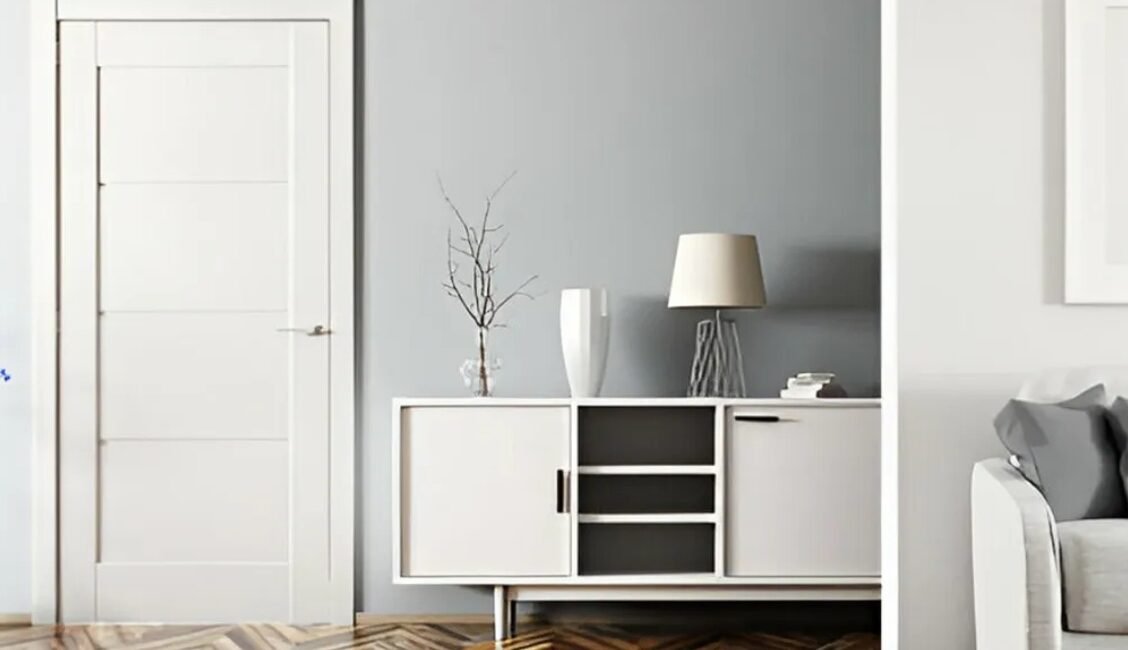
When it comes to home design and functionality, interior doors play a crucial role. They provide privacy, enhance aesthetics, and contribute to the overall flow of your home. Among the various types available, interior doors have gained popularity for their ease of installation and professional finish.
In this comprehensive guide, we’ll explore everything you need to know about interior doors and prehung interior doors, including their types, materials, benefits, installation process, and maintenance tips.
1. What Are Interior Doors?
Interior doors are doors installed inside a home to separate rooms, closets, and other living spaces. Unlike exterior doors, they don’t need to withstand harsh weather conditions, but they should still offer durability, sound insulation, and style.
Types of Interior Doors
-
Panel Doors – Feature raised or flat panels for a classic look.
-
French Doors – Have glass panels to allow light flow between rooms.
-
Sliding Doors – Ideal for small spaces, they slide open instead of swinging.
-
Pocket Doors – Slide into a wall cavity to save space.
-
Barn Doors – Rustic-style doors that slide on a track.
-
Bifold Doors – Commonly used for closets, they fold in half when opened.
Materials Used in Interior Doors
-
Solid Wood – Durable and elegant but expensive.
-
Hollow Core – Lightweight and affordable but less soundproof.
-
Solid Core – Offers better insulation and durability than hollow core.
-
MDF (Medium-Density Fiberboard) – Smooth finish, budget-friendly, but less moisture-resistant.
-
Glass Doors – Enhance natural light but offer less privacy.
2. What Are Prehung Interior Doors?
A prehung interior door comes pre-assembled in a frame (jamb) with hinges already attached. This makes installation much easier compared to a slab door (just the door itself), which requires precise measurements and hinge cutting.
Components of a Prehung Door
-
Door Slab – The actual door.
-
Door Frame (Jamb) – The surrounding structure.
-
Hinges – Usually three hinges pre-installed.
-
Strike Plate – For the door latch.
-
Door Stop – Prevents the door from swinging too far.
Benefits of Prehung Interior Doors
✅ Easier Installation – No need to mortise hinges or align the door.
✅ Better Fit – The frame is already assembled for a seamless fit.
✅ Professional Finish – Reduces the risk of installation errors.
✅ Time-Saving – Faster to install than slab doors.
3. Prehung vs. Slab Doors: Which One Should You Choose?
| Feature | Prehung Door | Slab Door |
|---|---|---|
| Installation | Easier, comes with frame | Requires separate frame and hinge cutting |
| Cost | More expensive initially | Cheaper but may require additional parts |
| Best For | New construction, replacements | DIY projects, custom doors |
| Adjustability | Limited to frame adjustments | More flexibility in fitting |
Choose a prehung door if:
-
You’re replacing an entire door unit.
-
You want a hassle-free installation.
-
You’re not experienced in door fitting.
Choose a slab door if:
-
You’re keeping the existing frame.
-
You want a custom look.
-
You’re skilled in carpentry.
4. How to Install a Prehung Interior Door
Tools Needed:
-
Level
-
Shims
-
Screwdriver
-
Hammer & Nails
-
Drill
Step-by-Step Installation:
-
Remove the Old Door & Frame (if replacing).
-
Dry Fit the Prehung Door – Check alignment in the opening.
-
Insert Shims – Ensure the door is level and plumb.
-
Secure the Frame – Nail or screw into place.
-
Test the Swing – Make sure the door opens and closes smoothly.
-
Add Trim & Finish – Install casing and paint/stain if needed.
5. Maintenance Tips for Interior Doors
To keep your interior doors in top condition:
-
Clean regularly with a damp cloth.
-
Lubricate hinges to prevent squeaking.
-
Check for warping, especially in humid climates.
-
Repaint or refinish as needed to maintain appearance.
6. Conclusion
Interior doors are more than just functional elements—they contribute to your home’s style, privacy, and flow. Prehung interior doors offer a convenient, professional-grade solution for easy installation, while traditional slab doors provide customization options for DIY enthusiasts.
Whether you’re renovating or building a new home, choosing the right interior door can make a significant difference in both aesthetics and functionality.
Need help selecting the perfect interior door? Consult with a home improvement expert or visit your local hardware store to explore the best options for your space!

